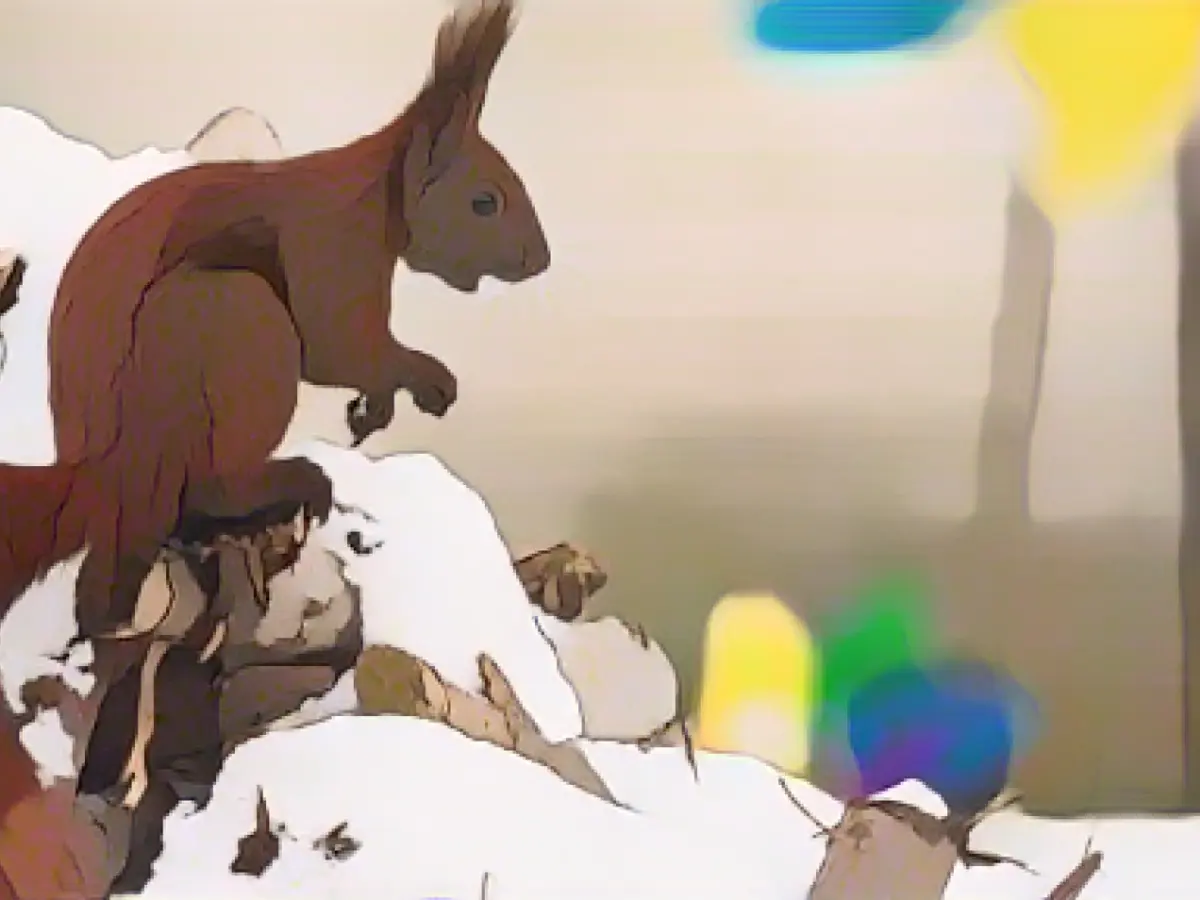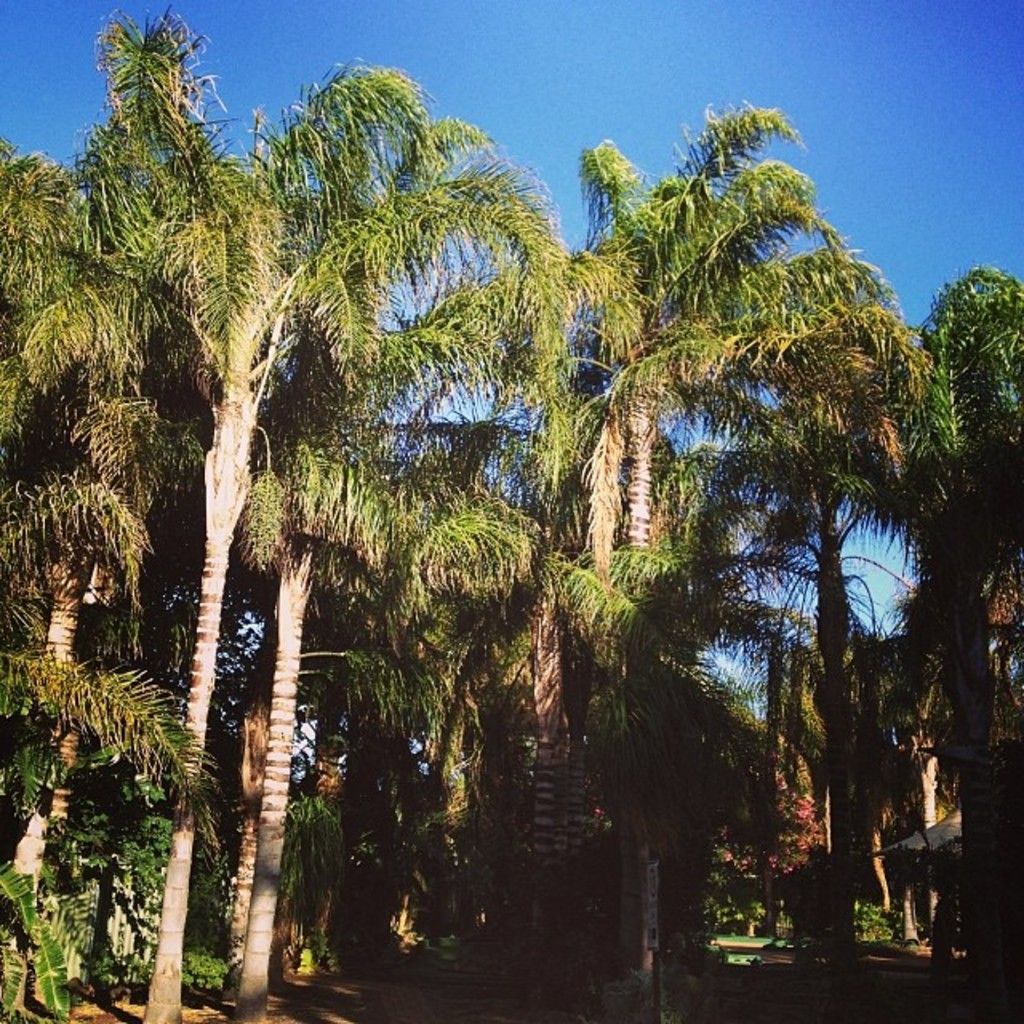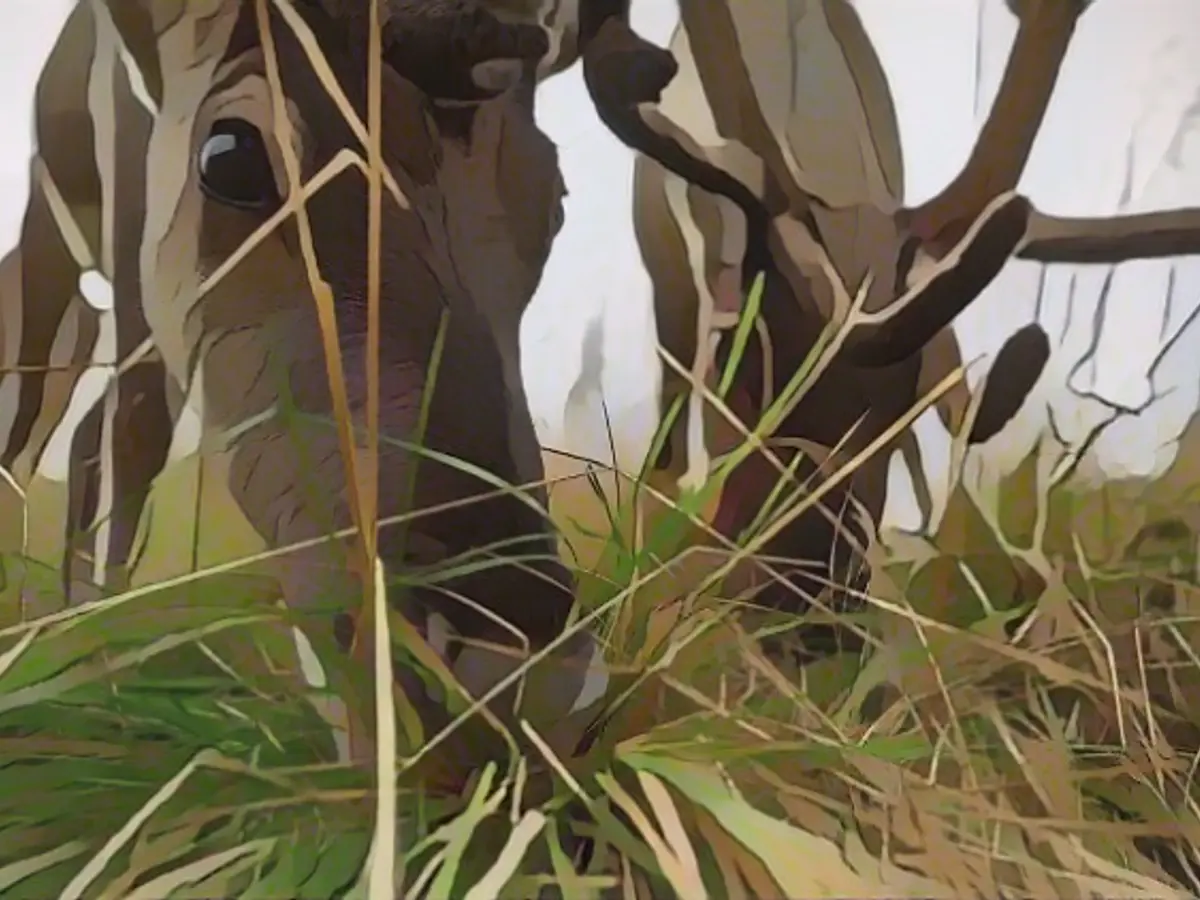Berlin's Wildlife Awakens from Winter's Slumber
As winter's icy grip loosens in Berlin, a range of wild animals are stirring, chance encounters with these creatures hint at the impacts warming temperatures have on their hibernation patterns. Derk Ehlert, wildlife officer at the Senate Department for Mobility, Transport, Climate Protection, and the Environment, reassures us that these creatures are not immediately at risk.
Porcupines, hedgehogs, and other hibernating species are unaffected by the milder weather alone. However, Ehlert points out that warmer temperatures prompt other animals to seek sustenance and explore their surroundings. Squirrels and raccoons, for instance, venture out when food sources beckon, their traditional winter burrowing exchange for outdoor adventures.
A meteorologist from the German Weather Service (DWD) in Potsdam reveals a trend of temperatures surpassing the freezing mark, as warmer air drifts in from the Atlantic, predicting temperatures of four degrees on Saturday and six degrees on Sunday.
Regardless of the warming trend, insects like bumblebees, will not face significant consequences as they emerge from hibernation consistently influenced by warmer weather. Although current conditions are still chilly, these early birds (or insects) take advantage of the warming to become active.
The factors that trigger hibernation in animals go beyond temperature, as light levels and day length play a significant role. Only when these external factors shift will animals begin to stir from hibernation. Ehlert acknowledges that the recent frost had minimal effect on pest populations, as it is the spring conditions that typically dictate their flourishing.
Mobile animals, such as many bird species, may capitalize on this warm phase, should they choose to migrate. Berlin's winter residents like geese that seek refuge in Germany can benefit from the warmer temperatures, obtaining easier access to food as the snow melts.
For urban wildlife enthusiasts, Ehlert advocates planting trees like rowans. Rowans are an easy choice for feeding opportunities, even when covered in snow, appealing to a variety of birds.
Warmer weather and changing climate conditions have consequences for wildlife in Berlin, and these impacts can be both positive and negative. Urban habitats, in particular, provide animals with unique adaptive advantages, helping them cope with environmental disturbances and land-use changes.
For instance, studies show that aquatic species in urban habitats exhibit higher resilience to environmental stressors compared to those in natural habitats. Urban adaptation promotes survival due to the presence of human-disturbed environments.
In contrast, other climate change-induced effects like the heat island effect, can increase temperatures in urban areas, causing stress and potential behavioral alterations in wildlife. Habitat changes such as the influence of wind turbines on water access for bats can also affect some species' survival.
Conservation implications remain critical as the resilience of urban wildlife populations is crucial for its long-term survival in a changing climate. The interplay between environmental change and wildlife adaptations is complex, as climate change brings on more extreme weather events such as heatwaves and coldwaves, which can impact wildlife populations.
In this temporary warming phase, it is essential to remember that animals have adapted to shifting climate conditions throughout history and that this brief change should not be alarming. Nature continues to embrace the cycle of change, and Berlin's wildlife is no exception.
Resources
- [Link to Source 1]
- [Link to Source 2]
- [Link to Source 3]
- [Link to Source 4]
- [Link to Source 5]






